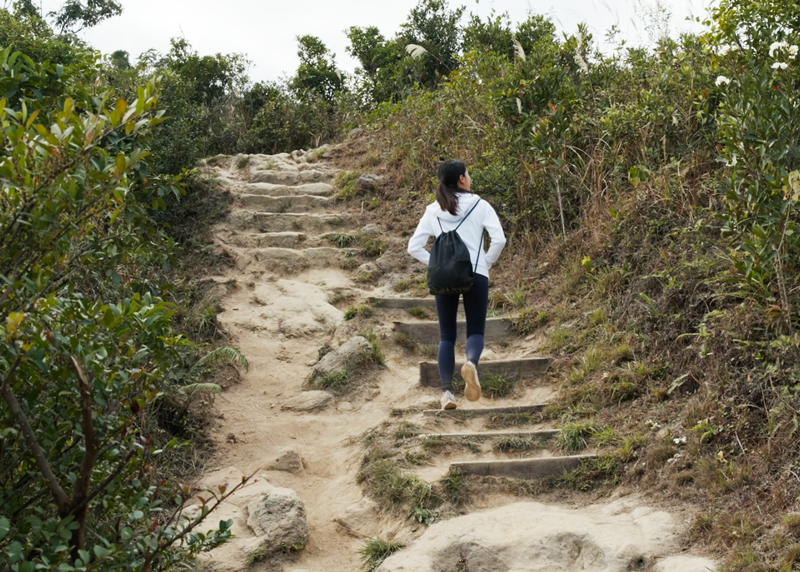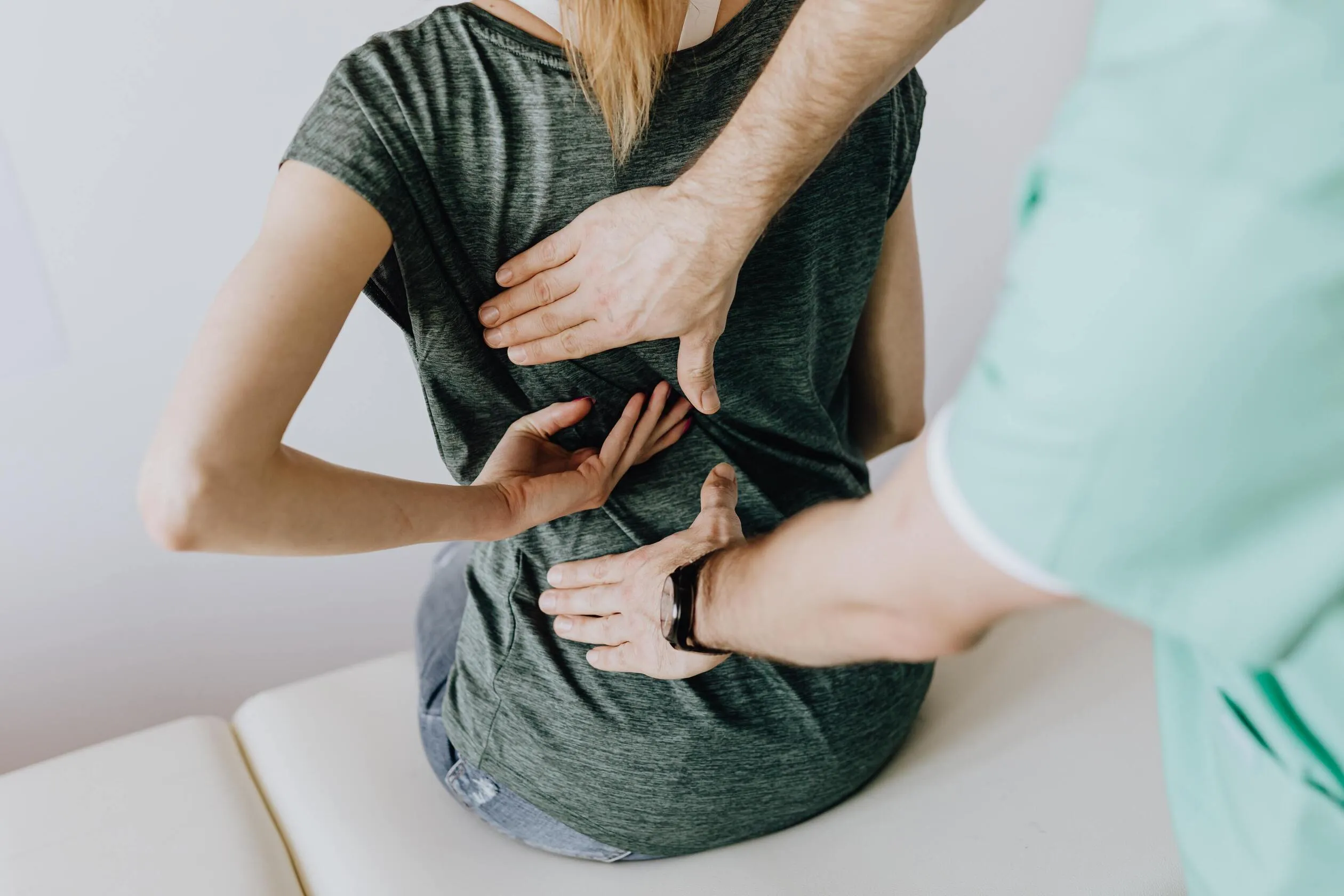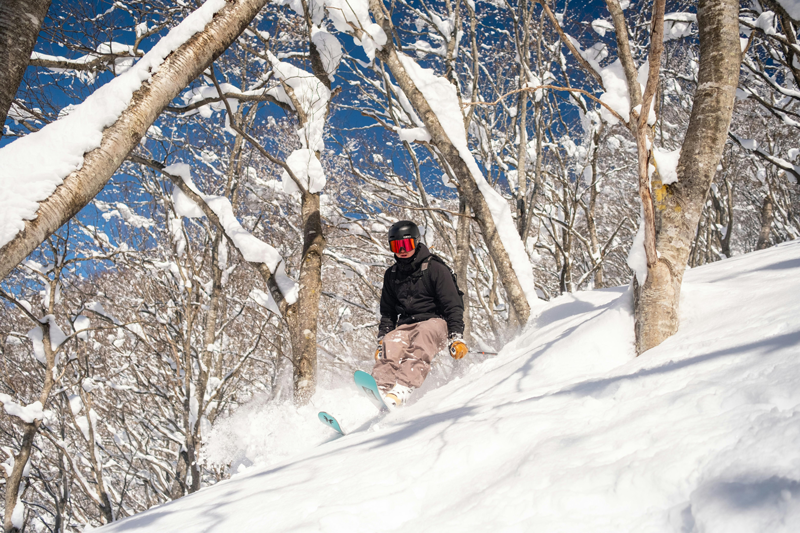Hong Kong’s Winter Hiking Season
Winter is one of the nicest times to explore Hong Kong’s trails. The air feels crisp and the humidity drops, which makes routes like Dragon’s Back or The Peak Trail feel especially inviting. Many people head out casually with friends or family, so it is easy to forget that your body still needs a little preparation before you start climbing or walking downhill.
Even mild winter weather can make your muscles and joints feel slightly stiffer than usual.
Cold Muscles Are Tight Muscles, So Start With a Simple Warm-Up
When you go straight from sitting at your desk to walking uphill, your body is not fully ready for the change in movement. A short warm-up helps your muscles loosen and respond better.
These movements are beginner-friendly and take only two or three minutes:
Hip circles
Lift one knee and slowly draw a circle with it. Repeat on both sides. This helps your hips and lower back feel more mobile.
Ankle rolls
Lift one foot and rotate the ankle in both directions. This prepares your ankles for uneven ground.
Calf raises
Rise onto your toes and lower slowly. This warms up your calves, which work hard on stairs and slopes.
Mini lunges
Step forward into a gentle lunge and return. Do this a few times on each side to wake up your thighs and glutes.
Starting your hike with warm muscles helps you move more comfortably from the beginning.
Uneven Trails and Downhills: Protect Your Knees
Even on popular leisure trails, Hong Kong has plenty of rock steps, loose gravel, and long stair descents. These can place extra pressure on your knees and ankles.
Here are a few useful habits to keep in mind:
- Use trekking poles if your knees tend to get sore.
- Keep your backpack light so your body does not lean forward unnecessarily.
- Take smaller steps when walking downhill for better control and less strain.
- Keep a gentle engagement in your core as you step down to reduce jolting through your lower back.
If you are unsure which part of your body needs more support, a personalised programme at City Osteopathy can help you strengthen key areas. Book a consultation today!
A Quick, Easy Cool-Down After Your Hike
Your muscles tighten again once you stop moving, so a short cool-down helps prevent stiffness the next day.
Try these simple stretches:
Calf stretch
Lean into a wall or tree while keeping your back heel firmly on the ground. Hold for about half a minute on each side.
Hip flexor stretch
Kneel on one knee and gently shift your weight forward. Keep your spine tall as you stretch the front of your hip.
Lower-back rotation
Stand with your feet hip-width apart. Slowly twist your torso to one side, letting your hips turn naturally. Hold for a few deep breaths, then rotate to the other side. Keep the movement soft and comfortable – don't force it.
Doing this for a minute or two helps your lower back unwind.
Moving well starts with understanding how you move
If you keep feeling the same discomfort when hiking, such as one knee on descents or tightness in your lower back after longer walks, it usually means your body is compensating somewhere. A movement assessment at City Osteopathy helps you understand your movement patterns and guides you towards better comfort on the trails.
In summary:
- Cold weather can make muscles feel tight, so start with a simple warm-up.
- Take small, steady steps on downhills and keep your backpack light.
- Stretch briefly after your hike to reduce next-day stiffness.
- Get assessed if the same aches keep returning.









